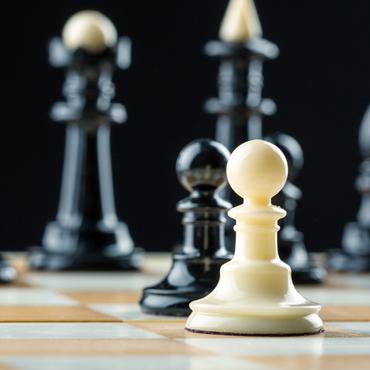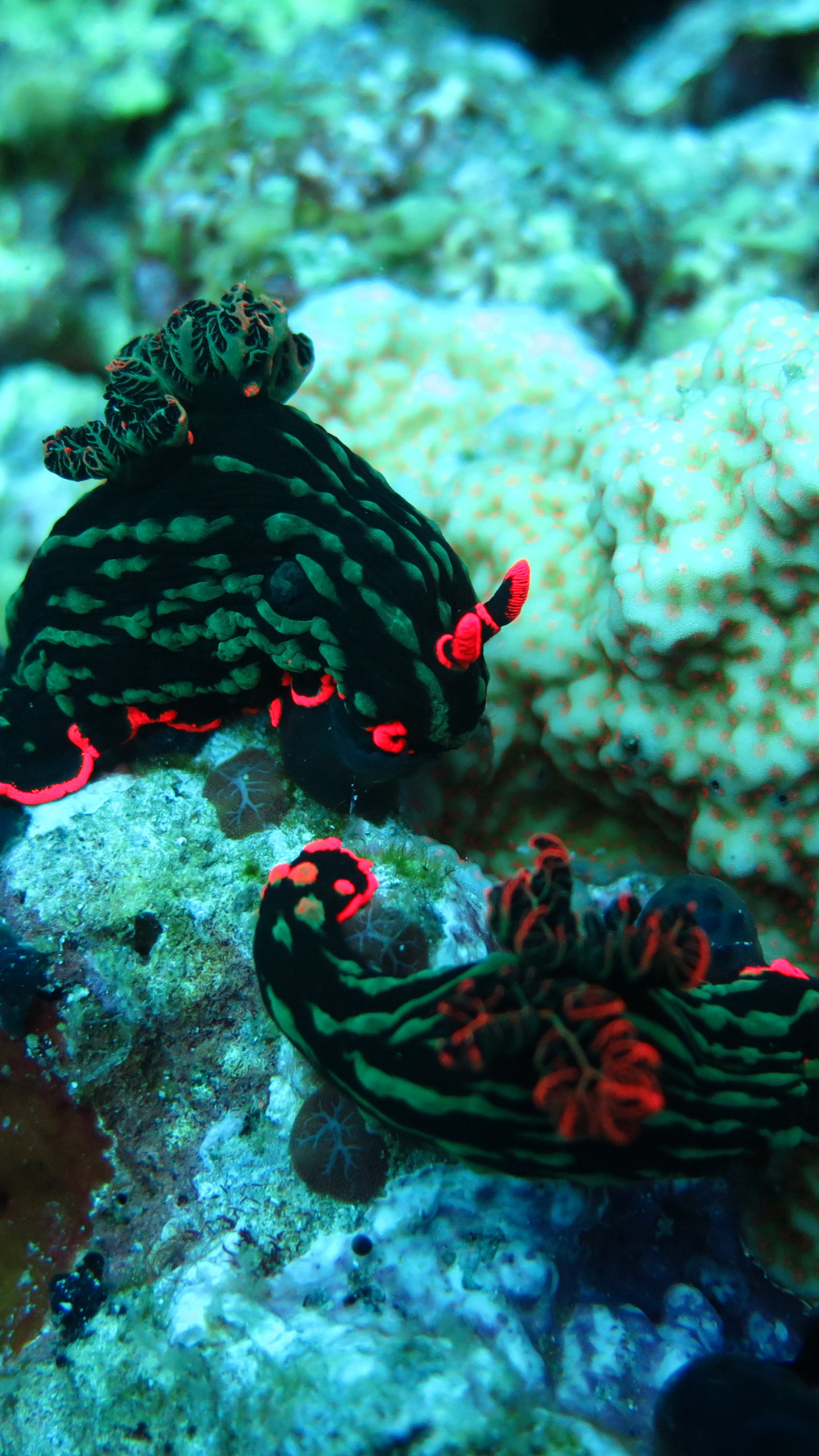

how important is a safe king position compared to a space advantage in the center, etc.). Levy and Newborn estimate that one additional ply (half-move) increases the playing strength 50 to 70 Elo points ( Levy & Newborn 1991:192).ĭeep Blue's evaluation function was initially written in a generalized form, with many to-be-determined parameters (e.g.

The Deep Blue chess computer which defeated Kasparov in 1997 would typically search to a depth of between six and eight moves to a maximum of twenty or even more moves in some situations. In June 1997, Deep Blue was the 259th most powerful supercomputer according to the TOP500 list, achieving 11.38 GFLOPS on the High-Performance LINPACK benchmark. It was capable of evaluating 200 million positions per second, twice as fast as the 1996 version. Its chess playing program was written in C and ran under the AIX operating system. It was a massively parallel, RS/6000 SP Thin P2SC-based system with 30 nodes, with each node containing a 120 MHz P2SC microprocessor for a total of 30, enhanced with 480 special purpose VLSI chess chips. The system derived its playing strength mainly out of brute force computing power. Deep Blue won the deciding game six after Kasparov made a mistake in the opening, becoming the first computer system to defeat a reigning world champion in a match under standard chess tournament time controls. The match concluded on February 17, 1996.ĭeep Blue was then heavily upgraded (unofficially nicknamed "Deeper Blue") and played Kasparov again in May 1997, winning the six-game rematch 3½–2½, ending on May 11. However, Kasparov won three and drew two of the following five games, beating Deep Blue by a score of 4–2 (wins count 1 point, draws count ½ point). On February 10, 1996, Deep Blue became the first machine to win a chess game against a reigning world champion (Garry Kasparov) under regular time controls. Main article: Deep Blue versus Garry Kasparov In the end of the championship Deep Blue prototype was tied for second place with the computer program Junior while Junior was running on a personal computer. In round 5 Deep Blue prototype had the white pieces and lost to the computer program Fritz in 39 moves while Fritz was running on a personal computer. Deep Blue prototype played the computer program Wchess to a draw while Wchess was running on a personal computer. In 1995 "Deep Blue prototype" (actually Deep Thought II, renamed for PR reasons) played in the 8th World Computer Chess Championship.

After a scaled down version of Deep Blue, Deep Blue Jr., played Grandmaster Joel Benjamin, Hsu and Campbell decided that Benjamin was the expert they were looking for to develop Deep Blue's opening book, and Benjamin was signed by IBM Research to assist with the preparations for Deep Blue's matches against Garry Kasparov. Īfter Deep Thought's 1989 match against Kasparov, IBM held a contest to rename the chess machine and it became "Deep Blue", a play on IBM's nickname, Big Blue. The team was managed first by Randy Moulic, followed by Chung-Jen (C J) Tan. Jerry Brody, a long-time employee of IBM Research, was recruited for the team in 1990. Anantharaman subsequently left IBM for Wall Street and Arthur Joseph Hoane joined the team to perform programming tasks. Hsu and Campbell joined IBM in autumn 1989, with Anantharaman following later. After their graduation from Carnegie Mellon, Hsu, Thomas Anantharaman, and Murray Campbell from the Deep Thought team were hired by IBM Research to continue their quest to build a chess machine that could defeat the world champion. The project was started as ChipTest at Carnegie Mellon University by Feng-hsiung Hsu, followed by its successor, Deep Thought.


 0 kommentar(er)
0 kommentar(er)
